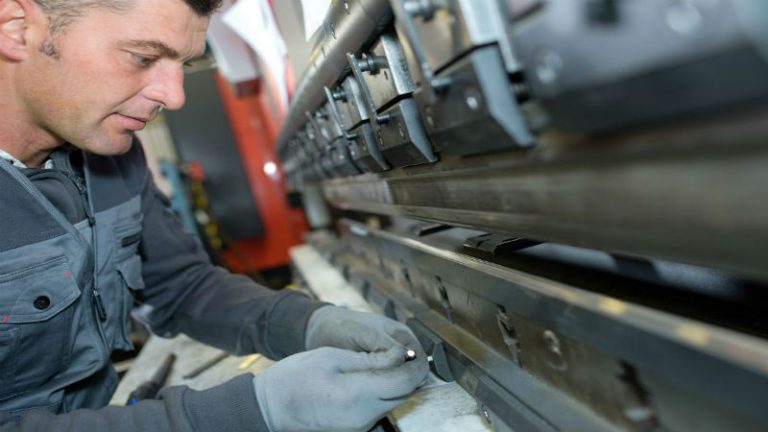Passivation can be completed for many different types of material. It is a process where a specific type of material is used to generate a chemical reaction on the surface of the base metal. Passivation will also occur naturally, but the process is much longer as it requires oxidation to occur between the surface of the metal and the air.
The term passivation refers to the fact that once this coating is formed, the surface becomes relatively non-reactive and inert. Additionally, and with stainless steel passivation, the process allows the surface of the metal to actually heal itself if there are slight scratches in the surface, further reducing the risk of rouging.
Rouging is commonly found in stainless steel where there are slight imperfections of the grain that allow some moisture into the metal. This then generates small patches of spots of oxidation in those areas.
The Process
The specific process used for stainless steel passivation are usually developed based on specific industry standards. Parts have to be carefully and completely cleaned to remove any contaminants. The surface will be chemically tested to verify there is no residue or contaminants present.
Then, the stainless steel components will be placed into a bath of either a citric acid or nitric acid-based liquid and maintained at a specific concentration and temperature for a set amount of time.
Once the passivation process is completed based on the standards or the customer’s requirements, the components or parts are then placed in aqueous sodium hydroxide solution to neutralize the surface acid levels and stop the reaction. The final step will be to rinse off the neutralizing solution and allow the component to dry.
Testing
As the final step in stainless steel passivation, the parts will be tested or validated to ensure that the process and the final passivation results meet the standards. This includes testing in salt spray, high humidity or high temperatures.
Depending on the specific standards and the final use of the component the part can be validated with one or more of these tests. Additionally, and for some applications, there are also electrochemical tests that may be use to demonstrate the process meets the required standards.
The benefits of passivation and the relatively low cost of the process make it a good option for increasing corrosion resistance. It is also ideal for creating a smooth appearance and finish on stainless steel that will stand up to years of exposure to a wide variety of environments.


